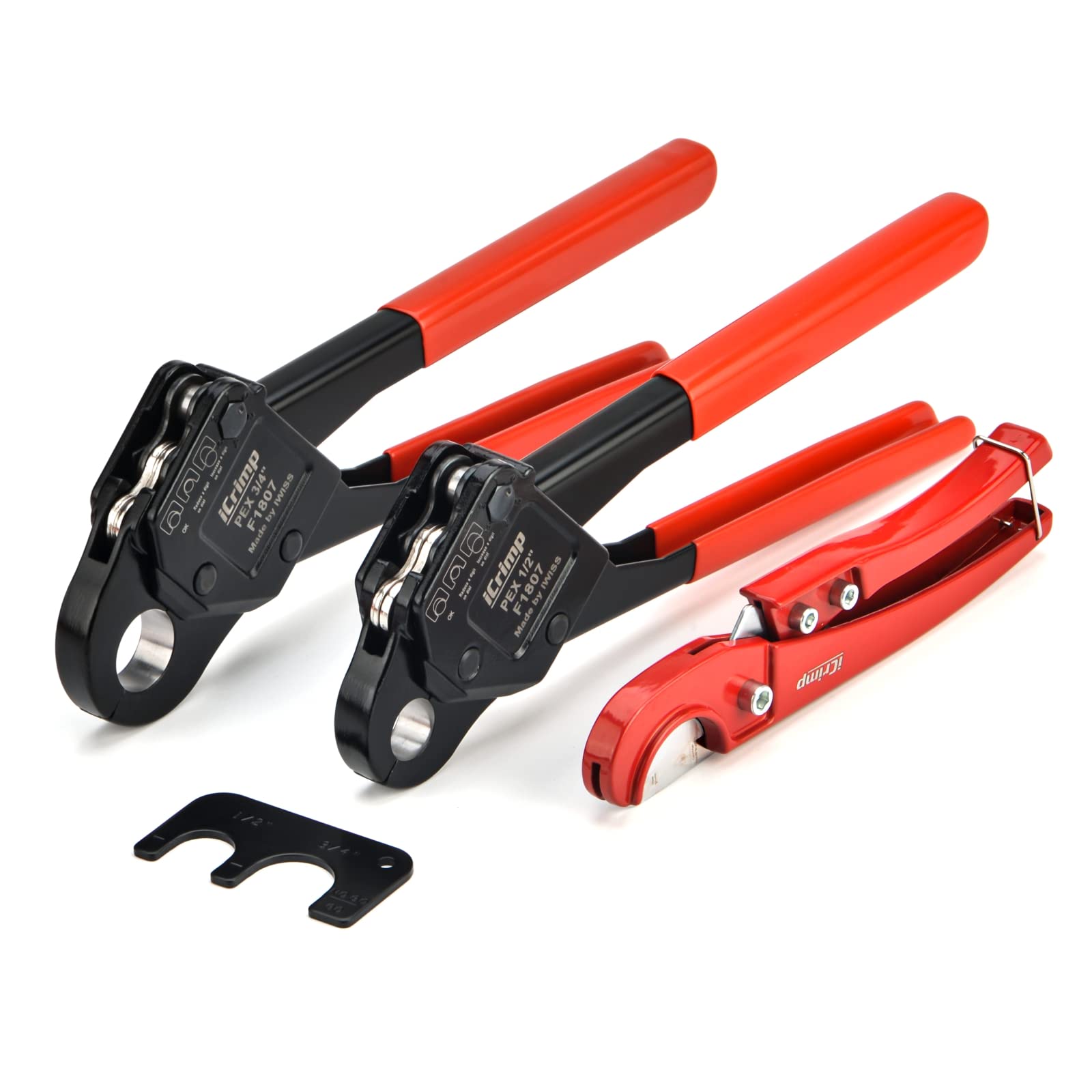

Articles
What Tools Are Needed For Pex Plumbing
Modified: March 2, 2024
Discover the essential tools needed for Pex plumbing in this comprehensive articles. Get expert advice and find the right equipment for your project.
(Many of the links in this article redirect to a specific reviewed product. Your purchase of these products through affiliate links helps to generate commission for Storables.com, at no extra cost. Learn more)
Introduction
Pex plumbing, also known as cross-linked polyethylene plumbing, has gained significant popularity in recent years. With its flexibility, durability, and affordability, Pex plumbing systems have become a go-to choice for homeowners and professionals alike.
In this article, we will explore the world of Pex plumbing and discuss the essential tools needed for successful Pex plumbing projects. Whether you are a DIY enthusiast or a professional plumber, having the right tools is crucial to ensure efficient installation and maintenance of Pex plumbing systems.
We will take a closer look at the benefits of Pex plumbing, its common applications, and the specific tools required for Pex plumbing projects. Additionally, we will touch on safety equipment that should be utilized when working with Pex plumbing materials.
If you are considering installing or repairing a Pex plumbing system, this comprehensive guide will provide you with the knowledge you need to tackle the project confidently and effectively.
Key Takeaways:
- Pex plumbing systems offer flexibility, durability, and cost-effectiveness, making them an attractive choice for residential, commercial, and outdoor applications. The right tools and safety equipment are essential for successful Pex plumbing projects.
- Essential tools for Pex plumbing projects include pipe cutters, crimpers, expanders, and additional equipment such as pressure test gauges and insulation cutters. Prioritizing safety with protective gear is crucial for a successful and secure installation.
Read more: Why Is Pex Plumbing Bad
Pex Plumbing: An Overview
Pex plumbing is a type of plumbing system that utilizes cross-linked polyethylene pipes to transport water and other fluids. It offers many advantages over traditional plumbing systems, making it a popular choice for residential and commercial applications.
Pex pipes are made of a high-density polyethylene material that has been chemically treated to create strong cross-links between the polymer chains. This cross-linking enhances the pipes’ resistance to heat, chemicals, and pressure, making them highly durable and long-lasting.
One of the main advantages of Pex plumbing is its flexibility. Pex pipes are highly flexible and can be easily bent and maneuvered around obstacles, allowing for easier installation in tight spaces and reducing the need for additional fittings. This flexibility also makes them less prone to freezing and bursting during cold temperatures, reducing the risk of costly water damage.
In addition to its flexibility, Pex plumbing is resistant to corrosion, scale buildup, and pinhole leaks. Unlike traditional metal pipes, Pex pipes do not rust or deteriorate over time, ensuring a longer lifespan for the plumbing system and reducing the need for frequent repairs and replacements.
Pex plumbing systems are also known for their excellent thermal performance. The cross-linked nature of the Pex pipes provides superior insulation, reducing heat loss and ensuring hot water reaches its destination faster. This increased energy efficiency can result in lower utility bills and a more eco-friendly plumbing system.
Furthermore, Pex plumbing is cost-effective. The materials used for Pex pipes are more affordable than traditional metal pipes, and the ease of installation translates to lower labor costs. The reduced need for additional fittings and the ability to use continuous lengths of Pex pipes further contribute to the overall cost savings.
In summary, Pex plumbing offers flexibility, durability, resistance to corrosion, thermal efficiency, and cost-effectiveness. These characteristics make it an attractive option for a wide range of plumbing applications, from residential homes to commercial buildings.
Benefits of Pex Plumbing
Pex plumbing offers numerous benefits over traditional plumbing systems, making it a popular choice among homeowners and professionals. Let’s take a closer look at some of the key advantages:
- Flexibility: Pex pipes are highly flexible, allowing for easier installation and maneuvering around obstacles. This flexibility reduces the need for additional fittings and minimizes the risk of leaks caused by pipe joints.
- Durability: Pex pipes are highly durable and resistant to corrosion, scale buildup, and pinhole leaks. They have a longer lifespan compared to traditional metal pipes, reducing the frequency of repairs and replacements.
- Freeze Resistance: Pex pipes have the ability to expand and contract, making them more resistant to freezing and bursting during cold temperatures. This reduces the risk of water damage and the need for insulation in areas prone to freezing.
- Thermal Insulation: Pex pipes offer excellent thermal insulation, reducing heat loss and ensuring hot water reaches its destination more quickly. This increased thermal efficiency can result in energy savings and lower utility bills.
- Quiet Operation: Pex plumbing is known for its quiet operation. The flexibility and insulation properties of Pex pipes minimize the noise associated with water flow, providing a more peaceful living or working environment.
- Cost-Effectiveness: Pex plumbing is cost-effective in multiple ways. The materials used for Pex pipes are typically more affordable than traditional metal pipes. Additionally, Pex pipes are lightweight and easier to handle, reducing labor costs associated with installation. The decreased need for additional fittings and the ability to use continuous lengths of Pex pipes further contribute to cost savings.
- Chemical Resistance: Pex pipes are highly resistant to chemicals, making them suitable for a wide range of applications. They can be used with both hot and cold water, as well as for transporting other fluids such as chemicals or gases.
- Increased Water Flow: Pex plumbing systems have a smoother interior surface compared to traditional metal pipes, allowing for increased water flow and reduced pressure loss. This means that you can enjoy better water pressure and flow rates throughout your home or building.
Overall, Pex plumbing provides a host of benefits including flexibility, durability, freeze resistance, thermal efficiency, quiet operation, cost-effectiveness, chemical resistance, and improved water flow. These advantages make Pex plumbing an excellent choice for various residential and commercial plumbing applications.
Common Applications of Pex Plumbing Systems
Pex plumbing systems are versatile and can be used in a wide range of applications. Here are some common uses of Pex plumbing:
- Residential Plumbing: Pex plumbing is widely used in residential properties for both new construction and remodeling projects. It is commonly used for water supply lines, whether for hot or cold water, as well as for radiant floor heating systems.
- Commercial Plumbing: Pex plumbing is also popular in commercial buildings such as hotels, offices, and schools. It is used for water supply lines, fire sprinkler systems, and hydronic heating systems. Pex plumbing’s flexibility and ease of installation make it a preferred choice for projects with complex pipe routing requirements.
- Outdoor Plumbing: Pex plumbing is suitable for outdoor applications such as irrigation systems, water supply to outdoor kitchens or garden faucets, and snow melting systems. Its resistance to freeze damage makes it ideal for areas with harsh winter climates.
- Multi-story Buildings: Pex plumbing systems are well-suited for multi-story buildings due to their ability to minimize pressure loss. Pex pipes’ smooth interior surface allows for improved water flow, ensuring consistent water pressure throughout the building.
- Mobile Homes and RVs: Pex plumbing is commonly used in mobile homes and recreational vehicles (RVs) due to its lightweight and flexible nature. It is an ideal choice for water supply lines, ensuring reliable and leak-free plumbing systems on the move.
- Industrial Applications: Pex plumbing is also utilized in various industrial applications. It can be found in manufacturing facilities, warehouses, and food processing plants. Pex pipes are resistant to chemicals and can transport both hot and cold fluids, making them suitable for diverse industrial processes.
It’s important to note that Pex plumbing should only be used for specific applications and comply with local building codes and regulations. It is recommended to consult with a professional plumber or building inspector to ensure proper installation and code compliance for each specific application.
With their versatility, durability, and ease of installation, Pex plumbing systems are an excellent choice for a wide range of applications across residential, commercial, outdoor, multi-story, mobile home, and industrial settings.
Essential Tools for Pex Plumbing
When working with Pex plumbing systems, having the right tools is essential to ensure smooth and efficient installation. Here are some of the essential tools you will need for Pex plumbing projects:
- Pipe Cutter: A pipe cutter is used to cut Pex pipes to the desired length. It provides clean and precise cuts, ensuring proper fitment and leak-free connections. There are various types of pipe cutters available, including ratcheting cutters, shear cutters, and rotating cutters.
- Pipe Crimpers: Pipe crimpers are tools used to create secure connections between Pex pipes and fittings. They exert pressure on copper or stainless-steel rings, known as crimp rings, to create a tight seal. There are manual crimpers and battery-powered crimpers available, each offering different levels of speed and convenience.
- Pipe Expander: A pipe expander is used to expand the end of a Pex pipe, allowing for easy insertion of fittings. This provides a secure and tight connection without the need for crimp rings. Pipe expanders can be manual or powered and come with various head sizes to accommodate different pipe diameters.
- Deburring Tool: A deburring tool is used to remove any burrs or rough edges from the cut end of a Pex pipe. It ensures smooth surfaces for proper fitting and prevents damage to o-rings or seals during assembly. Deburring tools are available in different designs, including handheld tools and ratchet-style tools.
- Measuring Tape: A measuring tape is essential for accurately measuring the length of Pex pipes and determining the proper dimensions for fittings. It helps ensure precise cuts and precise installation of the plumbing system.
- Pipe Support: Pipe support tools, such as pipe clips and hangers, are used to secure Pex pipes to the wall or other structural elements. They help prevent excessive movement and stress on the pipes, ensuring stable and durable installations.
- Adjustable Wrench: An adjustable wrench is necessary for tightening and loosening fittings. It allows for a secure grip on the fittings during installation and maintenance tasks.
- Pipe Insulation: While not a tool per se, pipe insulation is an essential component for Pex plumbing projects. Insulating the Pex pipes helps prevent heat loss, protects against freezing temperatures, and reduces condensation. It is available in various forms, including foam tubes and wraps.
These tools are the basic essentials for working with Pex plumbing systems. Depending on the specifics of your project, you may also need additional tools such as a Pex bending tool, Pex crimp ring removal tool, pressure test gauge, or Pex shears. It’s important to have the right tools on hand to ensure efficient installation and maintenance of your Pex plumbing system.
Read more: How To Do Pex Plumbing
Pipe Cutting Tools
When working with Pex plumbing systems, having the right pipe cutting tools is essential for achieving clean and precise cuts. Here are some of the commonly used pipe cutting tools for Pex plumbing:
- Ratcheting Pipe Cutter: A ratcheting pipe cutter is a handheld tool that uses a ratchet mechanism to cut Pex pipes. It allows for quick and easy one-handed operation and provides clean, straight cuts. Ratcheting pipe cutters are available in various sizes to accommodate different pipe diameters.
- Shear Cutter: A shear cutter is a specialized tool designed for cutting Pex pipes. It features a scissor-like design that provides clean and precise cuts without the need for excessive force. Shear cutters are compact and easy to maneuver, making them ideal for tight spaces.
- Rotating Pipe Cutter: A rotating pipe cutter is a versatile tool that can be used for cutting Pex pipes, as well as other types of plastic, copper, and steel pipes. It features a circular cutting blade that rotates around the pipe, gradually cutting through the material. Rotating pipe cutters are available in manual and powered versions.
- Hacksaw: A hacksaw can be used as an alternative tool for cutting Pex pipes when no other specialized pipe cutting tools are available. It requires more effort compared to dedicated pipe cutters, but it can still produce clean cuts if used carefully.
When using pipe cutting tools, it’s important to follow safety precautions and guidelines. Make sure to wear proper eye protection and work in a well-ventilated area. Take your time and apply steady pressure while cutting to ensure accurate results. Additionally, always ensure that the cutting tool is suitable for Pex pipes and that you are using the appropriate blade or cutting wheel for the job.
Properly cutting Pex pipes is crucial for achieving leak-free connections and ensuring the overall integrity of your plumbing system. Investing in quality pipe cutting tools will save you time and effort while helping you achieve professional results in your Pex plumbing projects.
When working with PEX plumbing, it’s essential to have the right tools on hand. Some necessary tools include PEX tubing cutter, crimping tool, expansion tool, and a pressure testing gauge. These tools will help ensure a successful and reliable PEX plumbing installation.
Pipe Connection Tools
When working with Pex plumbing systems, having the right pipe connection tools is crucial for creating secure and leak-free connections. Here are some commonly used tools for connecting Pex pipes:
- Pipe Crimpers: Pipe crimpers are essential tools for creating secure connections between Pex pipes and fittings. They exert pressure on copper or stainless-steel rings, known as crimp rings, to create a tight seal. Manual crimpers are available for smaller projects, while battery-powered crimpers offer quicker and more convenient crimping for larger installations.
- Pipe Expansion Tools: Pipe expansion tools are used to expand the end of a Pex pipe, enabling easy insertion of fittings. This method eliminates the need for crimp rings and ensures a secure and tight connection. Both manual and powered pipe expansion tools are available, with different head sizes to accommodate various pipe diameters.
- Push-to-Connect Fittings: Push-to-connect fittings are a convenient alternative to traditional crimp or expansion methods. These fittings feature a built-in stainless-steel gripping mechanism that securely holds the Pex pipe. No additional tools are required for installation; simply insert the pipe into the fitting until it clicks into place.
- Compression Fittings: Compression fittings are another option for connecting Pex pipes. These fittings consist of two pieces: a compression nut and a compression ring. The nut is tightened to compress the ring, creating a watertight seal. Compression fittings require the use of an adjustable wrench for installation.
- Barbed Fittings: Barbed fittings are designed with ridges or barbs on their surface, allowing them to grip the inside of the Pex pipe. A secure connection is achieved by using a crimp ring or clamp to hold the fitting in place. Barbed fittings are commonly used for low-pressure applications or temporary connections in Pex plumbing systems.
Each pipe connection method has its benefits and considerations. Crimping and expansion methods provide reliable and long-lasting connections, while push-to-connect fittings offer quick and convenient installation. Compression and barbed fittings are suitable for specific applications where easy disassembly or temporary connections are desired.
When using pipe connection tools, it’s important to follow manufacturer instructions and guidelines for the specific fittings and tools you are working with. Take the time to properly prepare the pipe, ensuring it is clean, free from burrs, and cut to the appropriate length. Use the correct size crimp rings or other necessary components for the chosen connection method.
Having the right pipe connection tools and using them correctly will ensure secure and leak-free connections in your Pex plumbing projects. Consider the specific needs of your project and choose the appropriate connection method and tools accordingly.
Pipe Crimping Tools
When working with Pex plumbing systems, pipe crimping tools are essential for creating secure connections between Pex pipes and fittings. These tools exert pressure on copper or stainless-steel rings, commonly known as crimp rings or cinch rings, to create a tight and reliable seal. Here are some commonly used pipe crimping tools for Pex plumbing:
- Manual Crimpers: Manual crimpers are handheld tools that require physical exertion to create the necessary pressure for crimping. They are suitable for smaller Pex plumbing projects or situations where portability is important. Manual crimpers are easy to use and typically come with interchangeable jaws to accommodate different crimp ring sizes.
- Battery-Powered Crimpers: Battery-powered crimpers provide a more convenient and efficient crimping experience compared to manual crimpers. They use a rechargeable battery to generate the necessary pressure, making them ideal for larger Pex plumbing installations or for professionals who require a high volume of crimps. Battery-powered crimpers offer faster crimping times and reduce operator fatigue.
- Hydraulic Crimpers: Hydraulic crimpers are heavy-duty tools that use hydraulic pressure to achieve precise and consistent crimps. They are often utilized in industrial or commercial applications where large-scale Pex plumbing installations are required. Hydraulic crimpers provide exceptional crimping force and are capable of withstanding higher workloads.
When using pipe crimping tools, it’s important to follow manufacturer instructions and guidelines. Here are some general steps for crimping Pex pipes:
- Measure and cut the Pex pipe to the desired length using a pipe cutter.
- Ensure the end of the pipe is clean and free from burrs using a deburring tool.
- Select the appropriate crimp ring size for the specific pipe and fitting size.
- Slide the crimp ring onto the pipe end, making sure it is positioned about 1/8 to 1/4 inch from the end.
- Insert the fitting into the pipe until it reaches the shoulder or marked depth.
- Place the crimping tool jaws over the crimp ring and apply steady pressure to create a secure crimp.
- Inspect the crimp visually to ensure it is formed properly and uniformly around the crimp ring.
Proper crimping is crucial to achieve a watertight and reliable connection. If the crimp is not formed correctly, it may result in leaks or compromised performance of the Pex plumbing system. Therefore, it’s important to use high-quality crimp rings, follow the manufacturer’s specifications, and periodically check the crimps for any signs of damage or loosening.
Having the right pipe crimping tool for your Pex plumbing project is essential for creating secure and leak-free connections. Consider the size and scale of your project, as well as your specific requirements, to choose the appropriate tool for the job.
Pipe Expansion Tools
When working with Pex plumbing systems, pipe expansion tools are essential for creating secure connections between Pex pipes and fittings. These tools allow for the expansion of the pipe end, enabling easy insertion of fittings without the use of crimp rings. Here are some commonly used pipe expansion tools for Pex plumbing:
- Manual Pipe Expanders: Manual pipe expanders are handheld tools that require physical force to expand the Pex pipe. They typically consist of a handheld tool with interchangeable heads that correspond to different pipe sizes. By manually rotating the tool, the expander head expands the end of the Pex pipe, allowing for easy insertion of fittings.
- Battery-Powered Pipe Expanders: Battery-powered pipe expanders offer a more convenient and effortless expansion experience compared to manual tools. These tools are equipped with a rechargeable battery that rotates the expander head, providing quick and consistent expansion of Pex pipes. Battery-powered pipe expanders are ideal for larger Pex plumbing projects, as they reduce operator fatigue and increase efficiency.
- Pneumatic Pipe Expanders: Pneumatic pipe expanders are designed to be connected to an air compressor and provide automated expansion of Pex pipes. These tools offer a high level of precision and speed, making them suitable for commercial and industrial Pex plumbing installations. Pneumatic pipe expanders ensure consistent and uniform expansions for secure fittings.
When using pipe expansion tools, it’s important to follow manufacturer instructions and guidelines. Here are some general steps for using a pipe expander:
- Measure and cut the Pex pipe to the desired length using a pipe cutter.
- Ensure the end of the pipe is clean and free from burrs using a deburring tool.
- Select the appropriate expander head size for the specific pipe and fitting size.
- Insert the expander head into the pipe end and rotate it in a circular motion while applying firm pressure. Make sure to rotate the tool evenly to achieve uniform expansion.
- Repeat the expansion process multiple times to ensure the required level of expansion is achieved.
- Insert the fitting into the expanded pipe end until it reaches the shoulder or marked depth.
- Allow the pipe to contract slightly, establishing a tight and secure connection between the pipe and fitting.
Proper expansion is critical for creating reliable connections in Pex plumbing systems. It’s important to use high-quality fittings that are specifically designed for expansion connections. Regularly inspect the connections to ensure they remain secure and free from any signs of damage or loosening.
Having the right pipe expansion tool for your Pex plumbing project is essential for creating secure and leak-free connections. Consider the size and scale of your project, as well as your specific requirements, to choose the appropriate tool for the job.
Read more: Where To Buy Pex Plumbing
Additional Tools for Pex Plumbing
In addition to the essential tools for cutting and connecting Pex pipes, there are several other tools that can be helpful for various aspects of Pex plumbing projects. These additional tools can enhance efficiency, accuracy, and overall ease of installation. Here are some commonly used additional tools for Pex plumbing:
- Pipe Decrimping Tool: A pipe decrimping tool is used to remove crimp rings from Pex pipes. It is particularly useful when making corrections or repairs, allowing you to easily remove a crimp ring and reuse the fitting or make adjustments as needed.
- Pex Bending Tool: A Pex bending tool is used to create bends or curves in Pex pipes. It is especially useful when navigating obstacles or tight spaces that require the pipe to change direction without the need for additional fittings.
- Manifold: A manifold is a device used to distribute water flow in a Pex plumbing system. It typically has multiple outlets, allowing for the connection of various supply lines. Manifolds can be used in residential or commercial applications to simplify installation and control of the plumbing system.
- Pipe Support: Pipe supports, such as pipe clips, hangers, or straps, are used to secure Pex pipes to walls, ceilings, or other structural elements. They help prevent excessive movement and reduce stress on the pipes, ensuring stable and durable installations.
- Pressure Test Gauge: A pressure test gauge is used to check the integrity of a Pex plumbing system by measuring the pressure within the pipes. This gauge helps identify any leaks or weaknesses in the system before finalizing the installation.
- Pipe Insulation Cutter: A pipe insulation cutter is a specialized tool used to cut insulation material to fit around Pex pipes. It ensures clean and precise cuts, allowing for efficient insulation installation to prevent heat loss and protect against freezing.
- Leak Detection Tool: A leak detection tool, such as a digital leak detector or ultrasonic leak detector, can be used to locate potential leaks in a Pex plumbing system. These tools detect the sound or vibrations generated by water escaping from the pipes, helping to identify and repair leaks before they cause significant damage.
These additional tools can aid in specific tasks or provide solutions for common challenges encountered during Pex plumbing projects. They can help streamline the installation process, improve accuracy, and ensure the overall functionality and durability of the plumbing system.
Consider the specific needs of your Pex plumbing project, as well as any unique circumstances or requirements, to determine if any of these additional tools would be beneficial for your installation or maintenance tasks.
Safety Equipment for Pex Plumbing Projects
When working on Pex plumbing projects, it’s important to prioritize safety to protect yourself and ensure a successful installation. Here are some essential safety equipment items to consider for Pex plumbing projects:
- Protective Eyewear: Safety glasses or goggles are essential to protect your eyes from debris, chemicals, or any potential hazards during cutting, crimping, or other tasks that may cause particles to fly or liquids to splash.
- Gloves: Wearing gloves can help protect your hands from cuts, abrasions, or potential exposure to chemicals. Opt for gloves that provide a good grip while allowing dexterity to handle tools effectively.
- Respirator Mask: Depending on the specific tasks involved, a respirator mask may be necessary to protect against inhaling dust, fumes, or airborne particles. It is especially important when working with insulation materials or in poorly ventilated areas.
- Protective Clothing: Consider wearing long-sleeved shirts and pants to protect your skin from cuts, abrasions, or contact with chemicals. Avoid loose or dangling clothing that could potentially get caught in tools or machinery.
- Knee Pads: If you anticipate spending time on your knees during the installation process, wearing knee pads can provide comfort and protect your knees from strain or injury.
- Ear Protection: When using power tools or working in noisy environments, wearing ear protection such as earplugs or earmuffs is crucial to prevent hearing damage from prolonged exposure to loud noises.
- First Aid Kit: Keep a well-stocked first aid kit nearby in case of any minor injuries. It should include items such as bandages, antiseptic solution, adhesive tape, and any necessary medications.
It’s essential to assess the specific risks and hazards associated with your Pex plumbing project and wear appropriate safety equipment accordingly. Additionally, follow manufacturer instructions, guidelines, and local regulations related to safety precautions and the handling of Pex plumbing materials and tools.
Remember to maintain a clean and organized work area, properly store tools and materials, and exercise caution when working with potentially hazardous substances. Regularly inspect your safety equipment and replace any worn-out or damaged items to ensure they provide optimal protection.
By prioritizing safety and taking necessary precautions, you can complete your Pex plumbing project with confidence and minimize the risk of accidents or injuries.
Conclusion
Pex plumbing systems have revolutionized the plumbing industry with their flexibility, durability, and affordability. Whether you are undertaking a DIY project or working as a professional plumber, having the right tools is crucial for the successful installation and maintenance of Pex plumbing systems.
In this comprehensive guide, we have explored the world of Pex plumbing and discussed the essential tools needed for Pex plumbing projects. We have highlighted the benefits of Pex plumbing, including its flexibility, durability, freeze resistance, thermal efficiency, quiet operation, cost-effectiveness, chemical resistance, and improved water flow.
Additionally, we have covered common applications of Pex plumbing systems, ranging from residential and commercial plumbing to outdoor, multi-story, mobile home, and industrial applications. Each application highlights the versatility and adaptability of Pex plumbing systems in various settings.
To ensure successful Pex plumbing projects, we have discussed the essential tools required, including pipe cutting tools, pipe connection tools such as crimpers and expanders, as well as additional tools like pipe support, pressure test gauge, and insulation cutter. These tools provide the means to cut and connect Pex pipes securely, evaluate the integrity of the system, and improve overall efficiency during installation and maintenance.
Last but not least, we emphasized the importance of safety equipment when working with Pex plumbing systems. Protective eyewear, gloves, respirator masks, and other safety gear are vital to safeguard yourself while handling tools and materials associated with Pex plumbing projects.
By incorporating the knowledge gained from this guide and ensuring you have the right tools and safety measures in place, you can confidently embark on your Pex plumbing projects and enjoy the benefits of a reliable, durable, and efficient plumbing system.
Remember to always follow manufacturer guidelines, local regulations, and consult with professionals when necessary. With the right tools and proper installation techniques, Pex plumbing can provide you with years of trouble-free service.
Frequently Asked Questions about What Tools Are Needed For Pex Plumbing
Was this page helpful?
At Storables.com, we guarantee accurate and reliable information. Our content, validated by Expert Board Contributors, is crafted following stringent Editorial Policies. We're committed to providing you with well-researched, expert-backed insights for all your informational needs.
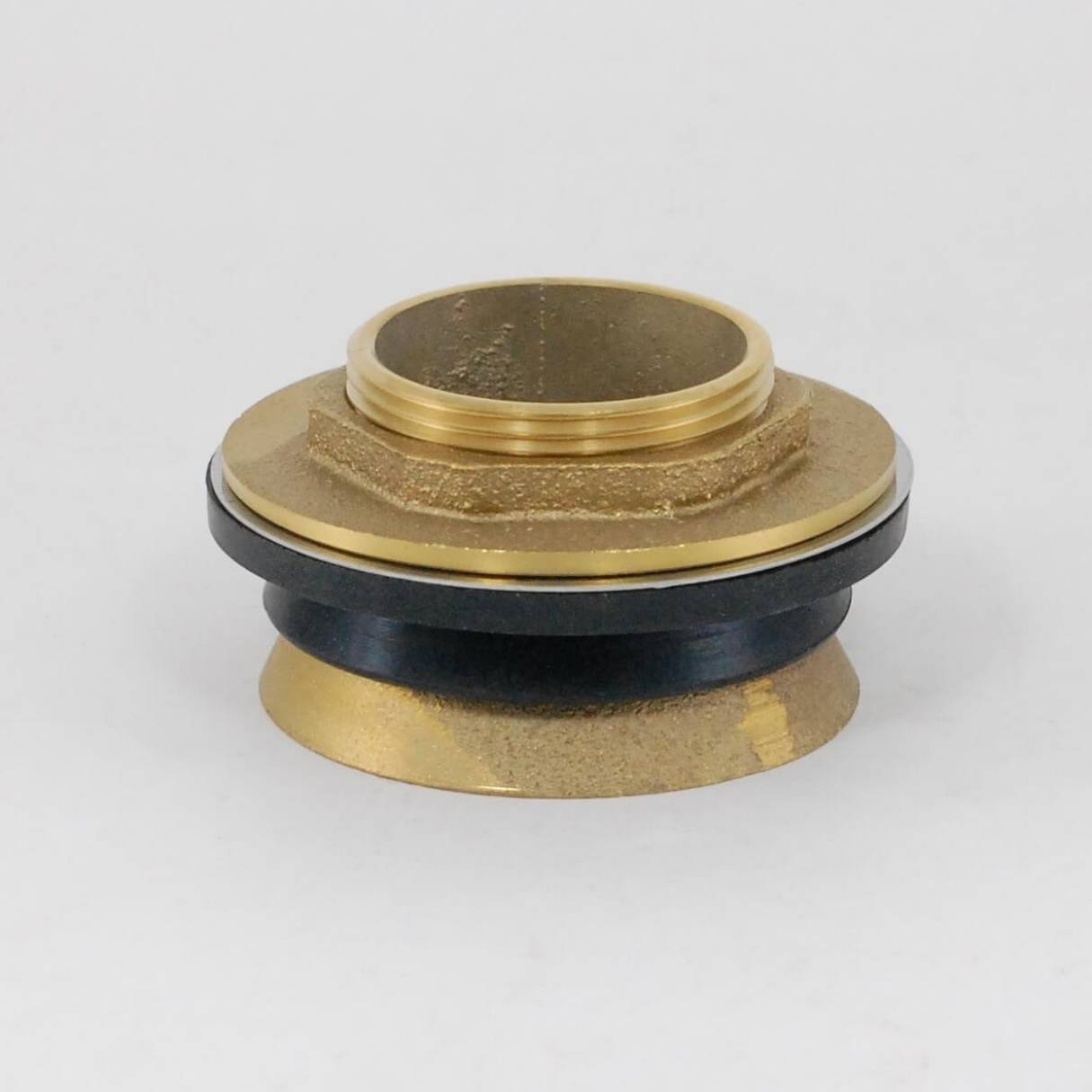
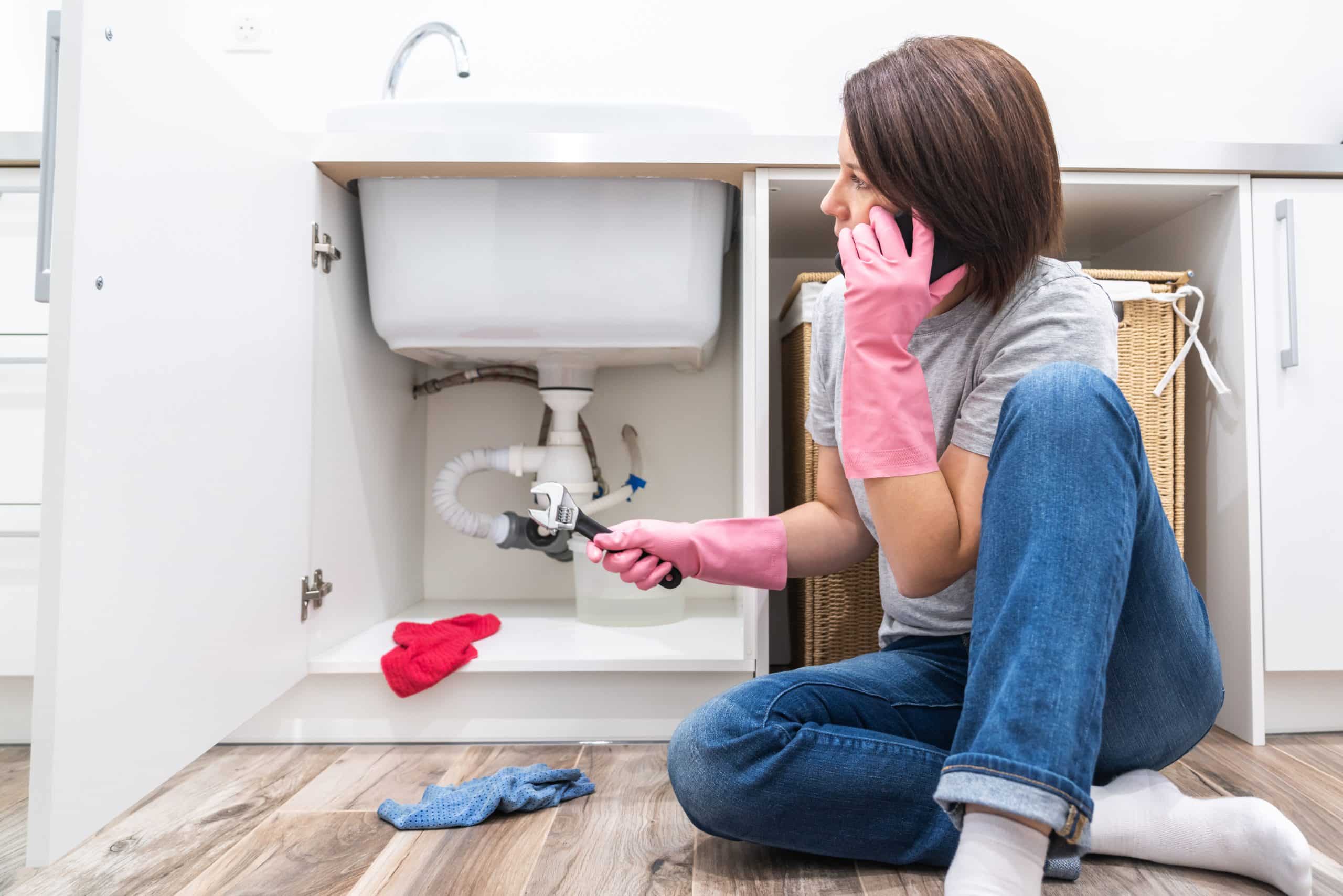
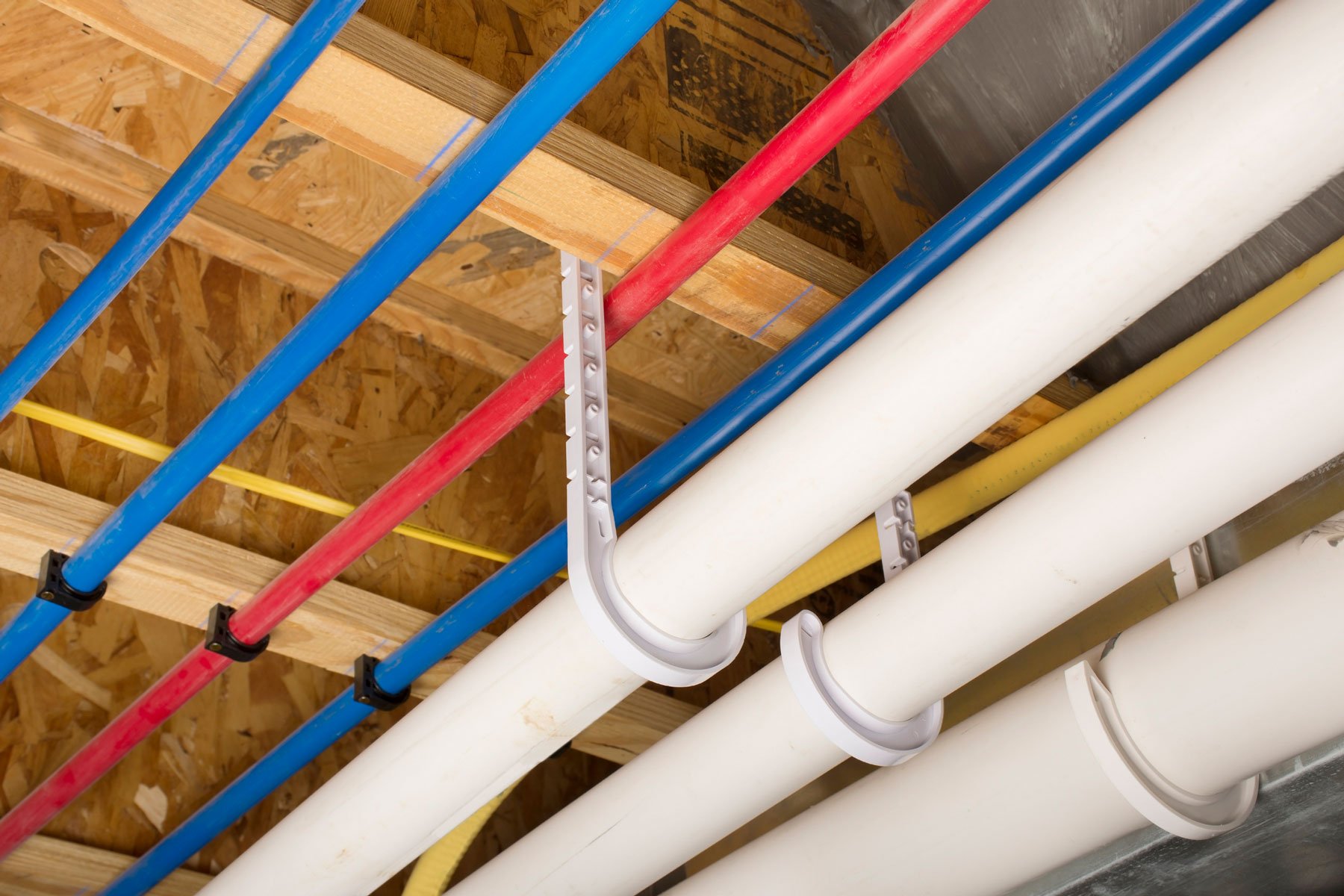
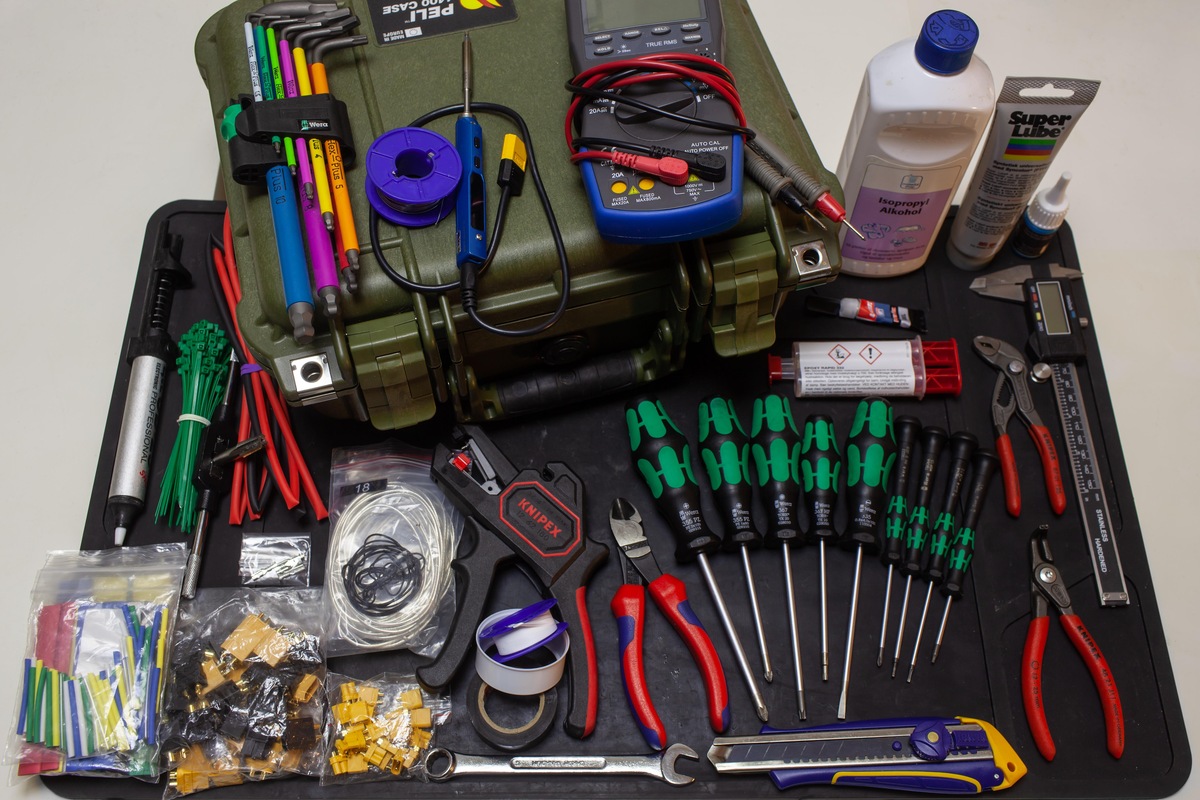
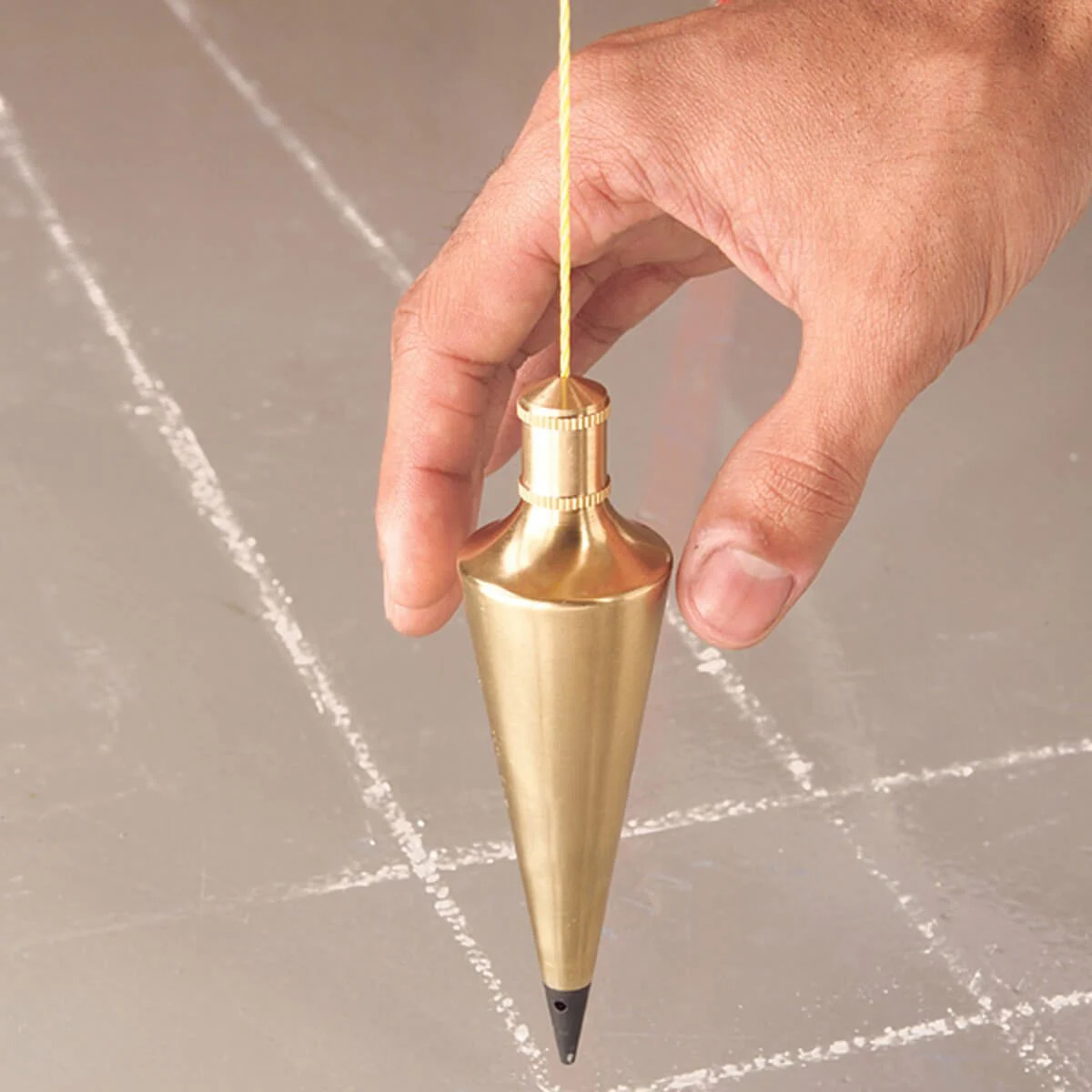
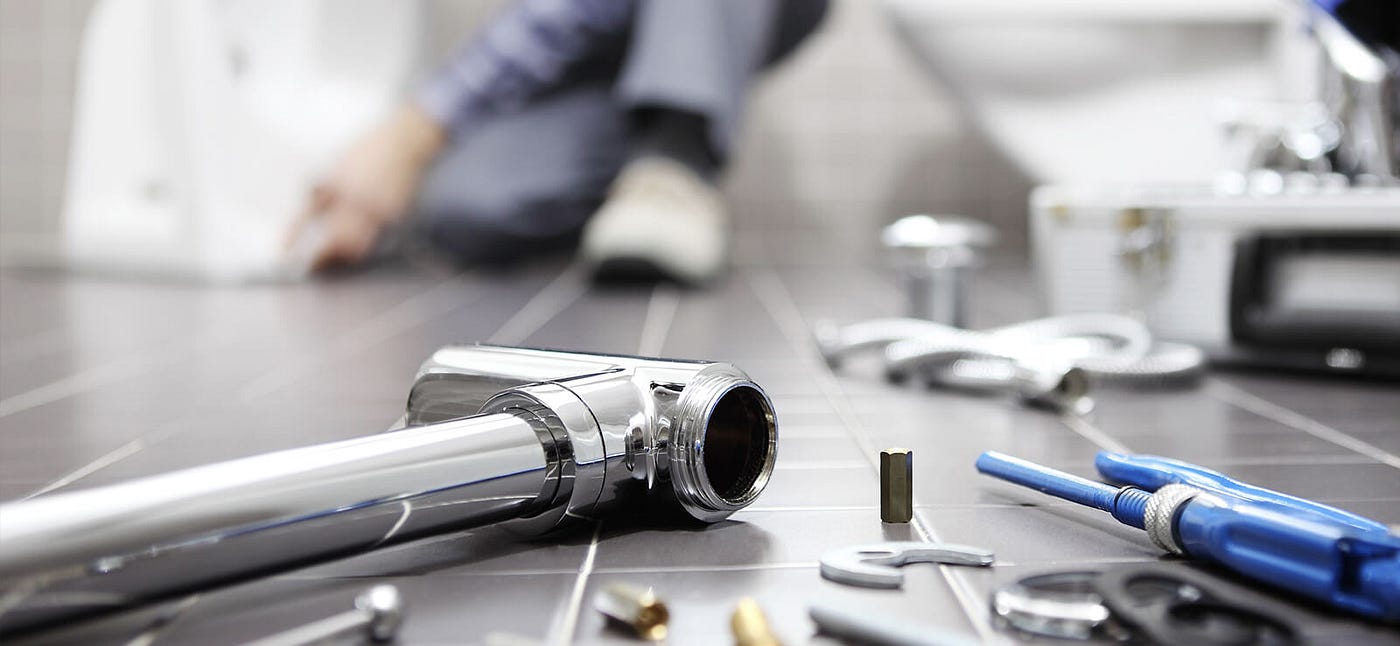
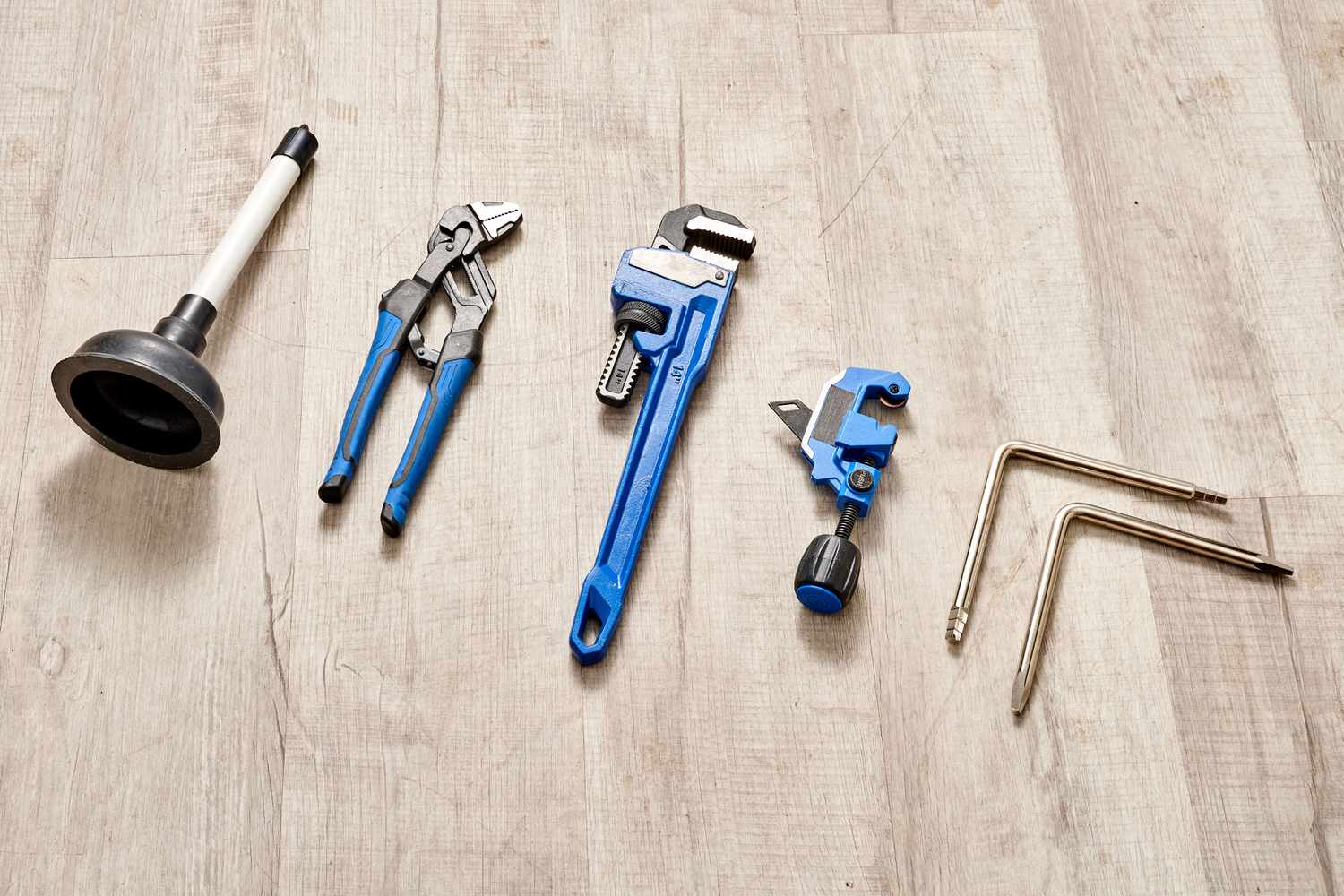
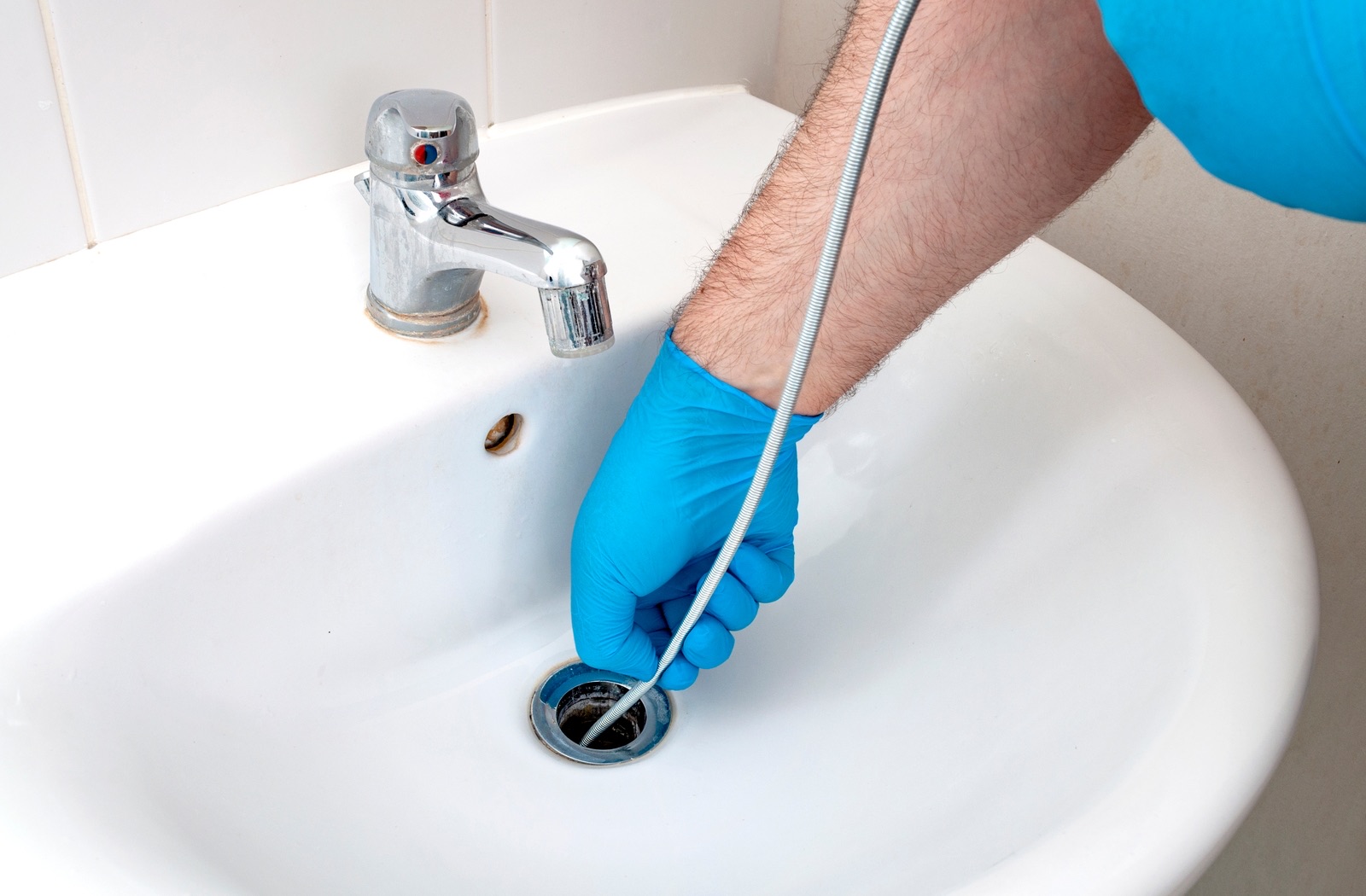
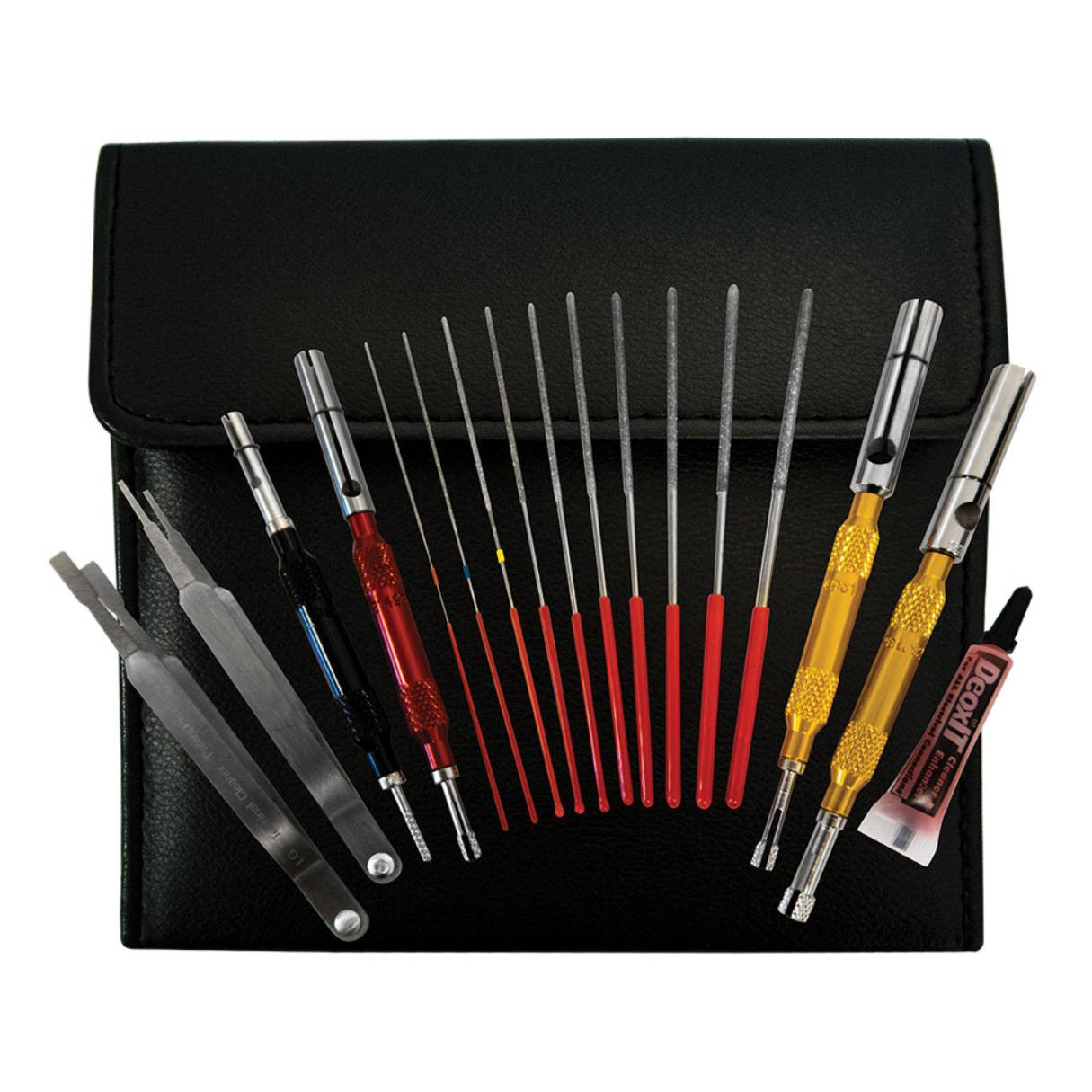
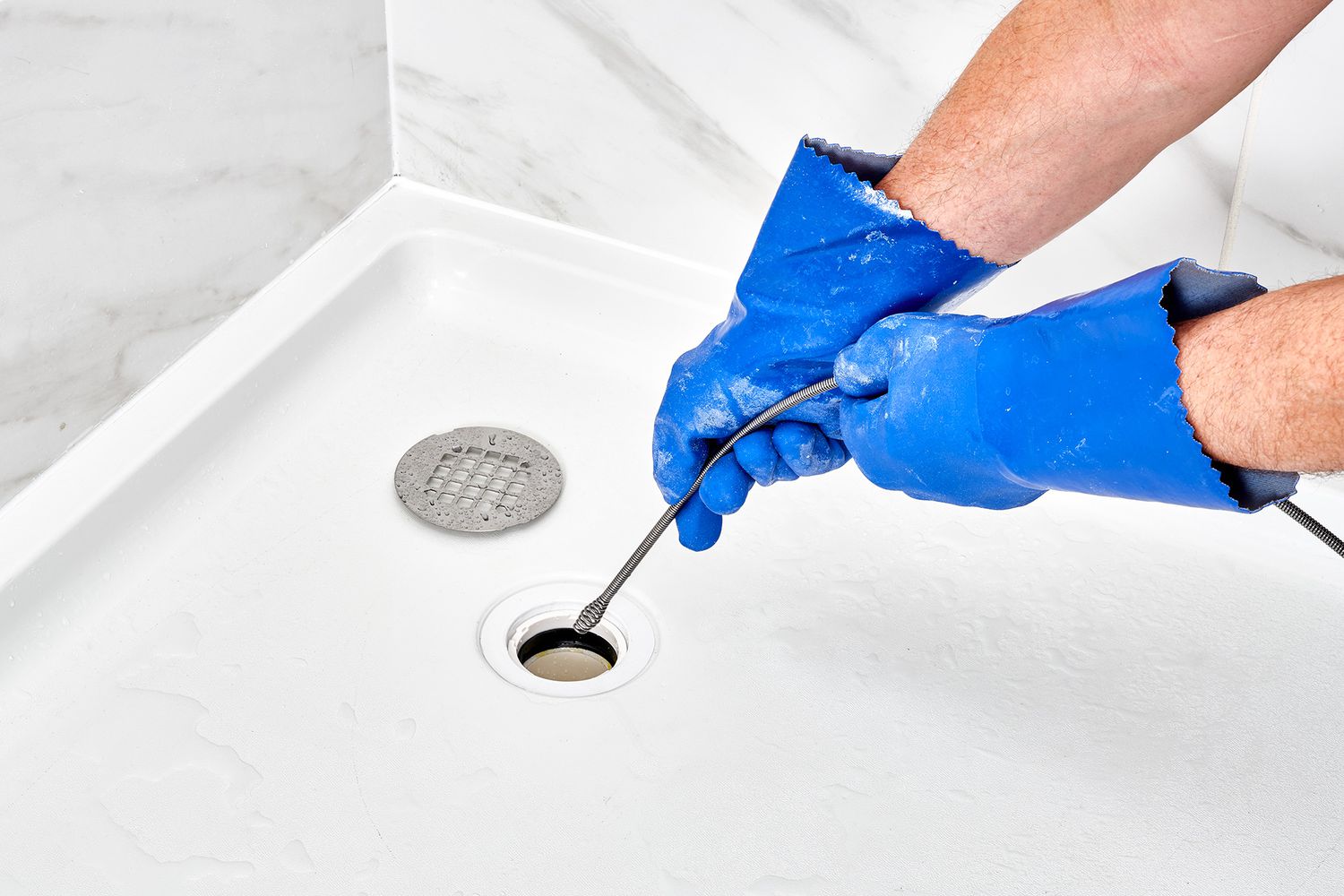
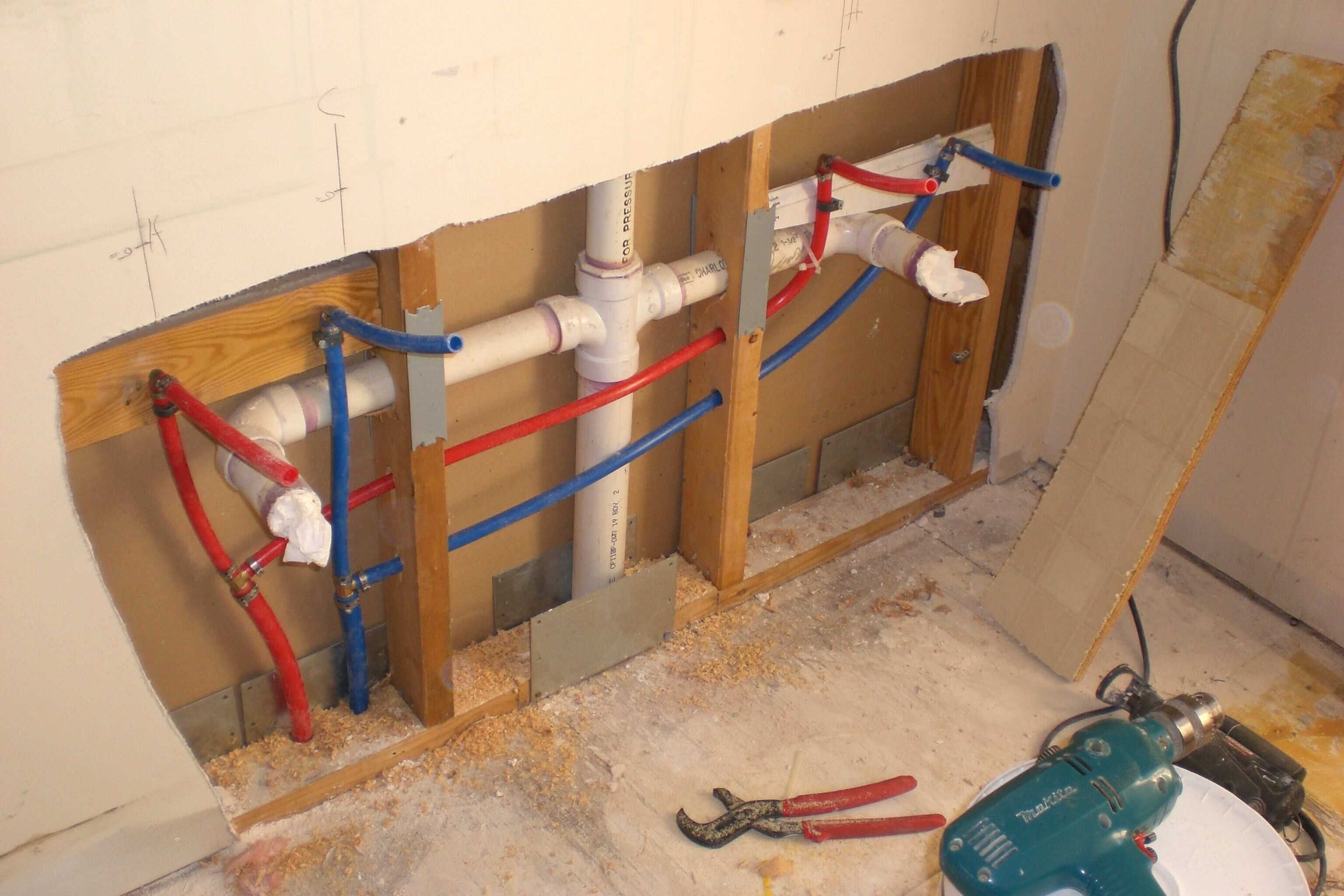

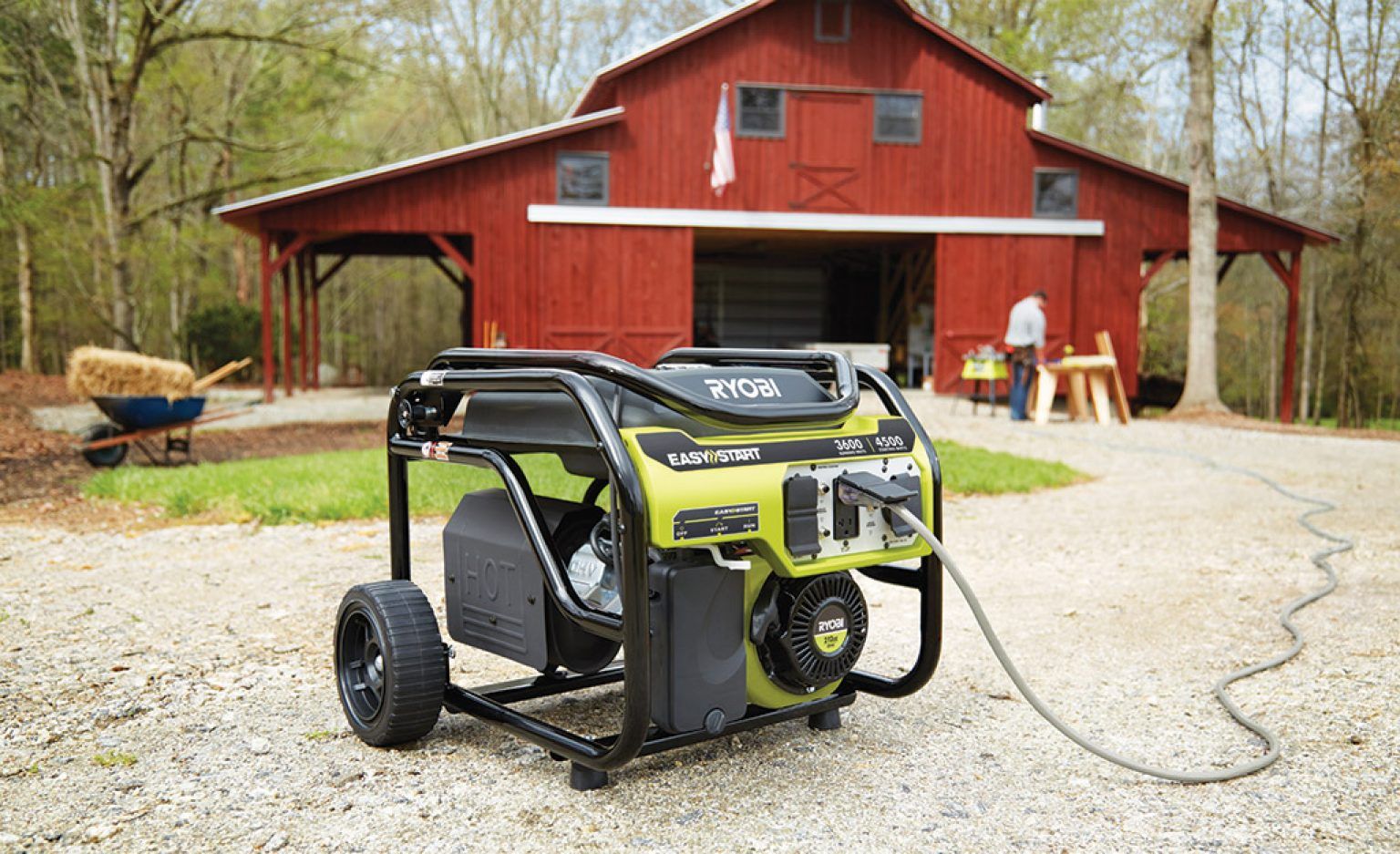

0 thoughts on “What Tools Are Needed For Pex Plumbing”